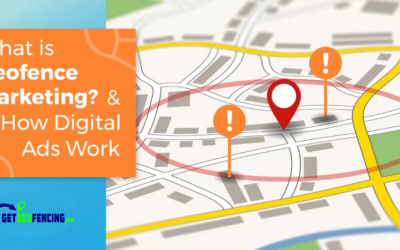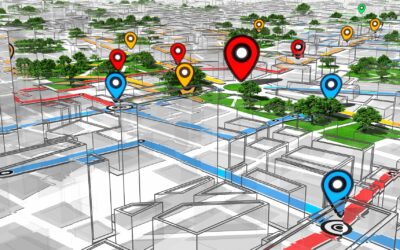Geofencing for Marketers
Are you looking for innovative ways to engage with your target audience? Geofencing might just be the answer. This cutting-edge technology allows marketers to target potential customers with precision, reaching them at precisely the right time and place. With geofencing, you can create virtual boundaries around specific locations or events and deliver personalized messages to individuals within those boundaries.
Whether you’re a local business looking to drive foot traffic or an e-commerce brand seeking to increase online conversions, geofencing can be a game-changer. In this article, we’ll explore the ins and outs of geofencing and how it can help you achieve your marketing objectives.
From understanding the basics of geofencing to leveraging advanced strategies, we’ll provide you with practical tips and real-life examples to ensure your geofencing campaigns deliver results. Don’t miss out on this opportunity to take your marketing efforts to the next level with geofencing.
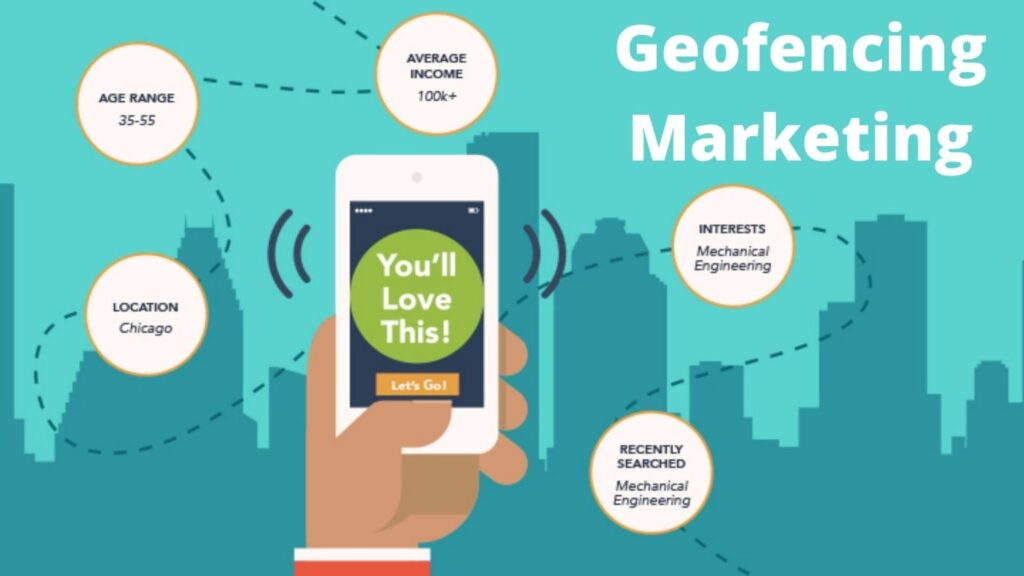
What is Geofencing?
Geofencing is a location-based marketing technique that uses GPS, Wi-Fi, or cellular data to create virtual boundaries around specific physical locations. These boundaries, also known as geofences, can be as small as a store or as large as an entire city.
When a user enters or exits a geofence, a predefined action is triggered, such as sending a push notification, displaying an ad, or delivering a personalized message. Geofencing allows marketers to target individuals based on their real-time location, enabling them to deliver highly relevant and timely content.
Geofencing can be used in a variety of industries and scenarios. For example, a retail store can set up a geofence around their physical location and send special offers or discounts to customers who are nearby.
A restaurant can use geofencing to send push notifications about their daily specials to people in the vicinity. Even event organizers can leverage geofencing to send reminders or updates to attendees during an event. The possibilities are endless, and the effectiveness of geofencing lies in its ability to deliver targeted messages at the right place and time.
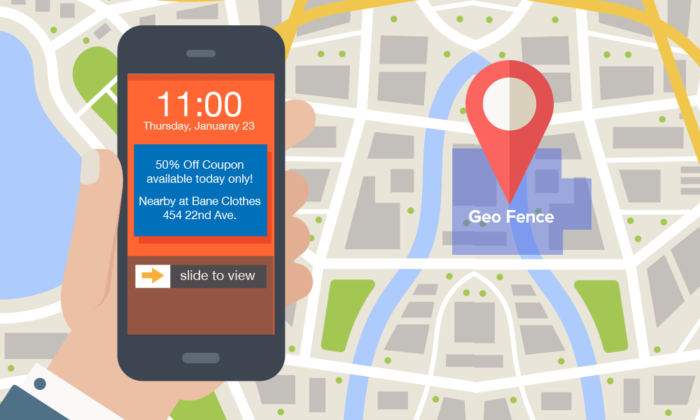
How Does Geofencing Work?
Geofencing technology relies on the GPS capabilities of mobile devices to accurately determine a user’s location. When a user enters a geofence, their device sends a signal to a server, which then triggers the predefined action. This action can be anything from sending a notification to displaying an ad or even tracking user behavior within the geofence.
To set up a geofence, marketers need to define the boundaries using latitude and longitude coordinates. They can either draw these boundaries manually on a map or import them from existing data sources.
Once the geofence is defined, marketers can select the desired action to be triggered when a user enters or exits the geofence. This action can be customized based on the specific marketing objective, such as driving foot traffic, increasing online sales, or improving brand awareness.

Benefits of Using Geofencing in Marketing
Geofencing offers numerous benefits for marketers looking to enhance their marketing efforts. Here are some key advantages of using geofencing in your marketing strategy:
- Hyper-targeted advertising: Geofencing allows you to target individuals based on their real-time location, ensuring that your messages reach the right audience at the right time. This level of targeting can significantly improve the effectiveness of your advertising campaigns and increase conversion rates.
- Personalized messaging: With geofencing, you can deliver personalized messages to individuals within a specific location. Whether it’s a special offer, a discount, or an event reminder, personalized messages are more likely to resonate with your audience and drive them to take action.
- Increased engagement: Geofencing enables you to engage with your audience in a more interactive and timely manner. By delivering relevant and timely content, you can capture the attention of your audience and encourage them to engage with your brand.
- Improved customer experience: Geofencing allows you to provide a seamless and personalized customer experience. Whether it’s offering location-specific discounts or providing real-time updates, geofencing can help you enhance the overall customer experience and build stronger relationships with your audience.
- Measurable results: Geofencing provides detailed analytics and insights into the performance of your campaigns. You can track metrics such as the number of impressions, clicks, conversions, and even foot traffic to measure the success of your geofencing campaigns and make data-driven decisions.
Geofencing has proven to be highly effective for businesses of all sizes and industries. By leveraging this technology, you can reach your target audience with precision, deliver personalized messages, and drive real results for your marketing efforts.

Geofencing Statistics and Case Studies
To understand the true potential of geofencing in marketing, let’s take a look at some compelling statistics and real-life case studies:
- According to a study by Digital Marketing Magazine, 53% of consumers are more likely to engage with personalized offers based on their location.
- In a case study conducted by a leading retail brand, geofencing campaigns resulted in a 300% increase in foot traffic and a 200% increase in sales.
- Another case study by a restaurant chain revealed that geofencing campaigns led to a 40% increase in customer engagement and a 15% increase in online orders.
These statistics and case studies highlight the tangible benefits of using geofencing in your marketing strategy. By leveraging the power of location-based marketing, you can drive meaningful results and achieve your marketing objectives.

Creating a Geofencing Marketing Strategy
To make the most of geofencing, it’s essential to have a well-defined marketing strategy in place. Here are some steps to help you create an effective geofencing marketing strategy:
- Identify your marketing objectives: Start by clearly defining your marketing objectives. Are you looking to drive foot traffic, increase online sales, or improve brand awareness? Understanding your goals will help you tailor your geofencing campaigns accordingly.
- Define your target audience: Identify your target audience and understand their behaviors, preferences, and interests. This will enable you to create personalized messages that resonate with your audience and drive engagement.
- Research your locations: Conduct thorough research on the locations where you want to set up geofences. Understand their foot traffic, demographics, and competitors to ensure that your geofencing campaigns are highly targeted and effective.
- Craft compelling messages: Create compelling and personalized messages that capture the attention of your audience. Whether it’s a discount, a special offer, or an event reminder, make sure your messages are relevant, timely, and valuable to your audience.
- Optimize your landing pages: Ensure that your landing pages are optimized for mobile devices and provide a seamless user experience. Make it easy for users to take action, whether it’s making a purchase, signing up for a newsletter, or visiting your store.
- Track and analyze your results: Use analytics tools to track the performance of your geofencing campaigns. Monitor metrics such as impressions, clicks, conversions, and foot traffic to measure the success of your campaigns and make data-driven decisions.
By following these steps, you can create a geofencing marketing strategy that aligns with your objectives, targets the right audience, and delivers tangible results for your business.

Setting up Geofencing Campaigns
Once you have defined your geofencing marketing strategy, it’s time to set up your geofencing campaigns. Here are some key steps to help you get started:
- Choose the right geofencing platform: There are several geofencing platforms available that offer different features and capabilities. Research and choose a platform that best suits your needs and budget.
- Define your geofences: Use the platform’s mapping tools to define your geofences based on the locations you have identified. Ensure that the boundaries are accurate and cover the desired area.
- Select your target audience: Use demographic data and behavioral insights to select your target audience. This will ensure that your messages reach the right people and drive maximum engagement.
- Craft personalized messages: Create compelling and personalized messages that resonate with your target audience. Tailor your messages based on their location, interests, and preferences to maximize their impact.
- Set up triggers and actions: Define the triggers and actions that will be triggered when a user enters or exits a geofence. This can include sending push notifications, displaying ads, or delivering personalized messages.
- Launch and monitor your campaigns: Launch your geofencing campaigns and closely monitor their performance. Track key metrics such as impressions, clicks, conversions, and foot traffic to measure the success of your campaigns and make any necessary adjustments.
By following these steps, you can set up geofencing campaigns that deliver personalized messages to the right audience at the right time, driving engagement and achieving your marketing objectives.

Best Practices for Effective Geofencing Marketing
To ensure the success of your geofencing campaigns, here are some best practices to keep in mind:
- Keep your messages relevant: Make sure your messages are timely, relevant, and valuable to your audience. Avoid bombarding them with irrelevant or generic content that may lead to disengagement.
- Test and optimize your campaigns: Continuously test and optimize your geofencing campaigns to improve their effectiveness. Experiment with different messages, triggers, and actions to identify what works best for your audience.
- Respect user privacy: Obtain explicit consent from users before collecting their location data. Be transparent about how their data will be used and ensure that it is kept secure and confidential.
- Monitor your competitors: Keep an eye on your competitors’ geofencing campaigns and learn from their successes and failures. This will help you stay ahead of the curve and identify new opportunities for your own campaigns.
- Leverage data and analytics: Use data and analytics to gain insights into the performance of your geofencing campaigns. Analyze the data to identify trends, patterns, and opportunities for improvement.
By following these best practices, you can maximize the effectiveness of your geofencing campaigns and achieve your marketing objectives.
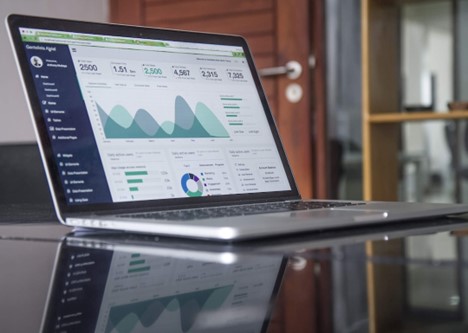
Tools and Platforms for Geofencing Marketing
There are several tools and platforms available to help you set up and manage your geofencing campaigns. Here are some popular options:
- Google Ads: Google Ads offers geofencing capabilities that allow you to target specific locations and deliver personalized ads to users within those areas.
- Facebook Ads: Facebook Ads provides geofencing features that enable you to target users based on their location and deliver personalized messages to them.
- Foursquare: Foursquare offers a geofencing platform that allows you to create and manage geofences, track user behavior, and deliver personalized messages to users within those geofences.
- Plot Projects: Plot Projects is a geofencing platform that provides advanced features such as real-time tracking, indoor positioning, and beacon integration.
- Localytics: Localytics offers geofencing capabilities that enable you to target users based on their location, deliver personalized messages, and track user behavior within your geofences.
These tools and platforms can help you streamline your geofencing campaigns, manage your geofences, and track the performance of your campaigns more effectively.

Geofencing vs. Other Location-Based Marketing Techniques
While geofencing is a powerful location-based marketing technique, it’s important to understand how it compares to other similar techniques. Here’s a comparison between geofencing and other location-based marketing techniques:
- Geotargeting: Geotargeting allows you to target users based on their location but does not involve creating virtual boundaries. It is often used in search engine marketing and display advertising to deliver personalized ads to users in specific locations.
- Beacon technology: Beacon technology uses Bluetooth low energy (BLE) devices to send signals to nearby mobile devices. It is often used in retail environments to deliver personalized messages, offers, and recommendations to customers.
- Near field communication (NFC): NFC allows for contactless communication between devices within close proximity. It is commonly used for mobile payments and ticketing but can also be leveraged for location-based marketing.
While each technique has its advantages, geofencing offers a unique combination of precision targeting, real-time engagement, and personalized messaging. By leveraging geofencing in your marketing strategy, you can take your location-based marketing efforts to the next level.

Conclusion
Geofencing is a powerful tool that can revolutionize your marketing efforts. By targeting individuals based on their real-time location, delivering personalized messages, and driving engagement, geofencing can help you achieve your marketing objectives and stay ahead of the competition.
From understanding the basics of geofencing to setting up effective campaigns and leveraging best practices, this article has provided you with the knowledge and insights to get started with geofencing marketing.
Don’t miss out on this opportunity to enhance your marketing strategy and take your business to new heights with geofencing. Start exploring the possibilities of geofencing today and unlock the full potential of location-based marketing.


